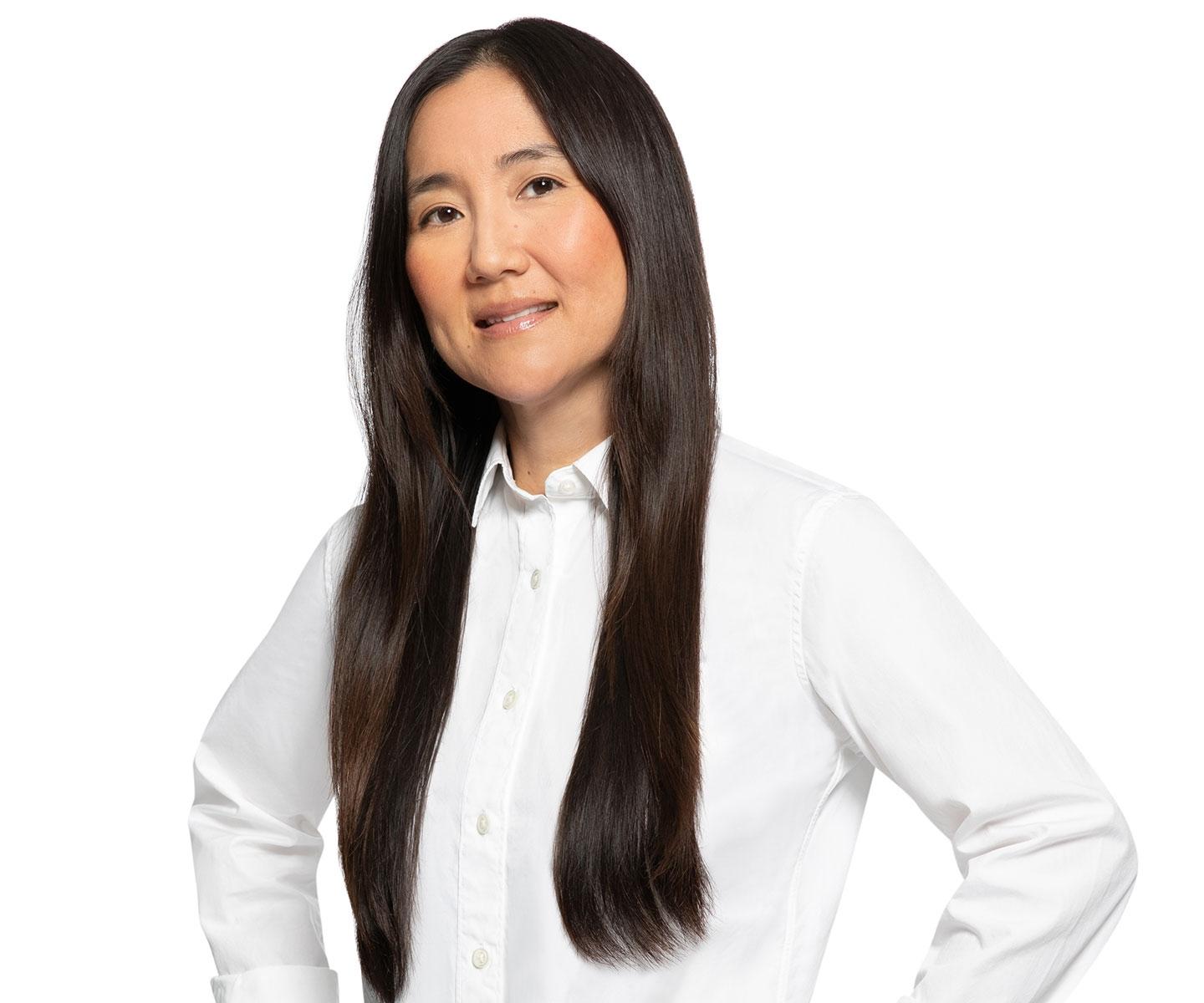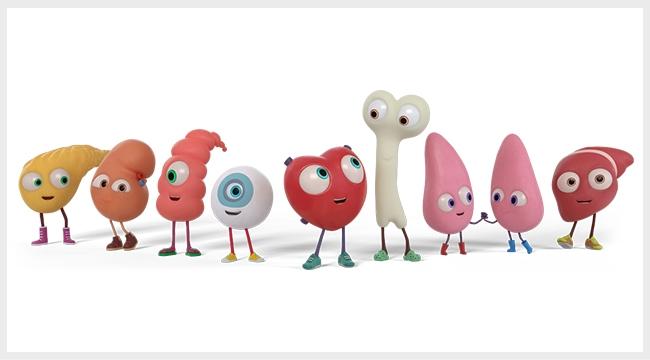
How we’re using social science to better understand why some communities encounter barriers to donating blood and how we can work to address existing challenges.
Biba Tinga was 19 when her son was diagnosed with sickle cell anemia — which makes the normally flexible round red blood cells stiff and elongated, making them more likely to get stuck in small blood vessels. The disease causes strokes, organ damage, and increases the risk of complicated infection. Biba recalls that her sons’ diagnosis was the most crushing news a mother could hear. She was told that her six-month old son may not survive.
But he did, thanks to regular blood transfusions which help to reduce the symptoms of sickle cell anemia. However, because the only cure is a bone marrow transplant, which was not available to them at the time, she knew he would need many more transfusions throughout the course of his life.
Sickle cell disease is an inherited condition most commonly affecting people of African, Caribbean, Middle Eastern and South Asian ancestry. To manage the disease, many people living with sickle cell need regular blood transfusions or red blood cell exchanges. For the best health outcomes, a donor who shares the same markers on their red blood cells (known as antigens) — which are also inherited — is needed. Where rare red blood antigens are required, recipients rely on donors who share similar ethnic background. But donors of African, Caribbean, Middle Eastern and South Asian ancestry are few and far between, with only one per cent of blood donors identifying as Black and seven per cent of donors identifying as Middle Eastern and South Asian.
The Sickle Cell Disease Association of Canada, SCDAC has been working tirelessly to recruit donors from the second generation (18 -35) within the Black Community. Some of their efforts were done collaboratively with Canadian Blood Services.
Biba, who is the president of the Sickle Cell Disease Association of Canada (SCDAC), Dr. Jean Walrond, former president of the Sickle Cell Foundation of Alberta, and Dr. Jennie Haw, a social scientist with Canadian Blood Services have been working to change that.
“Together we worked on developing a community-based study that looked at barriers and enablers to donation for African, Caribbean, and Black young adults,” Dr. Haw says.
Studying barriers to blood donation

In 2021, the research team was successful in being awarded a grant to conduct a qualitative study to understand barriers to donation for young adults from these communities. The study also looked at enablers to donation and assessed young adults’ views on educational and recruitment materials produced by the Sickle Cell Disease Association of Canada and Canadian Blood Services.
“For some, a reason they cannot or don’t donate is deferral criteria for things like malaria,” Dr. Haw says, referring to restriction on donating blood if a person has ever had malaria. “Our research also shows that barriers to donation are complex and interact with each other. Changing deferral criteria is necessary and must be coupled with additional work to reduce other barriers.”
Some participants grew up hearing that blood operators don’t want blood from people who are Black. Other barriers included lacking information on the blood system, the process of donation, and the impact of donation on their physical health. Many participants wanted Canadian Blood Services to be more present in their communities.
“All this contributes to mistrust with blood systems. Constant engagement and involvement with communities is necessary to change this,” Biba says.
Another mistake is assuming that all people within these communities have the same needs and priorities.
“There is no singular ‘Black community,’ it is a very diverse and heterogenous group,” Dr. Haw explains. “From the latest census data about 50 per cent of Black people are first-generation immigrants to Canada coming from some 125 different countries.”
However, the young adults in the study also identified what would enable them to donate. This included things like knowing more about the blood donation process, knowing more about sickle cell disease and hearing about the need for blood from someone they trust within their community.
Working with communities to reduce barriers to blood donation

Dr. Haw and colleagues have published their findings in a peer-reviewed journal and, working with a Community Advisory Committee, have developed some recommendations to improve how Canadian Blood Services works with African, Caribbean and Black young adults.
“It’s critical that Canadian Blood Services build relationships, trust, and be present where communities are. Start with engagement and presence in communities,” Dr. Haw explains. “Strategies to address barriers to donation can’t come from Canadian Blood Services alone but must be co-created with communities. Communities should lead with Canadian Blood Services as a strong ally.”
Other recommendations include continuing to make the donor eligibility criteria less restrictive while maintaining safety in the blood system and being transparent about these criteria including why they exist.
Biba and Dr. Haw also co-created a recruitment guide based on research results to help community members encourage others to donate blood.
“We know that if we can diversify the donor base, that will put us in a better position to provide more equitable health care and blood products to all people across Canada,” Dr Haw says.
For Biba, she hopes this work will ensure that other members in her community don’t have to face the same level of fear and be reassured that the lifesaving supply of blood is going to be there when they or their loved ones need it.
Dr. Haw and Biba continue to work together on a follow-up study with the aim of reducing barriers to donation for diverse communities of African ancestry. Dr. Kelly Holloway, social scientist at Canadian Blood Services, is conducting similar work with South Asian communities.


